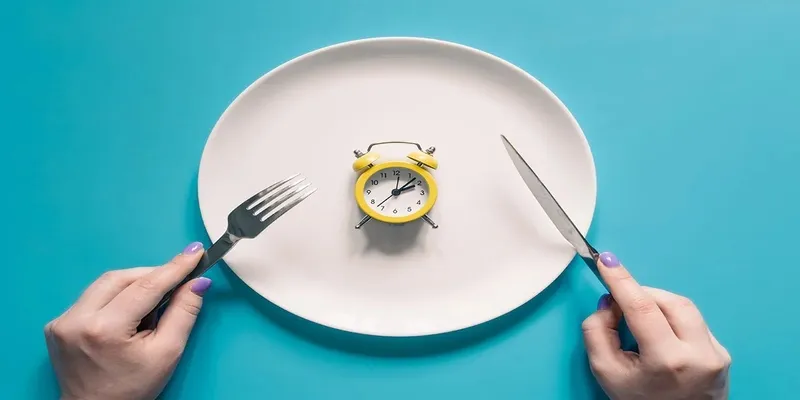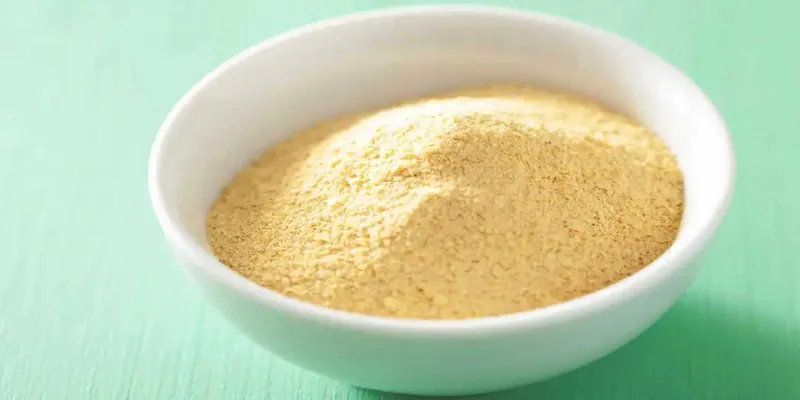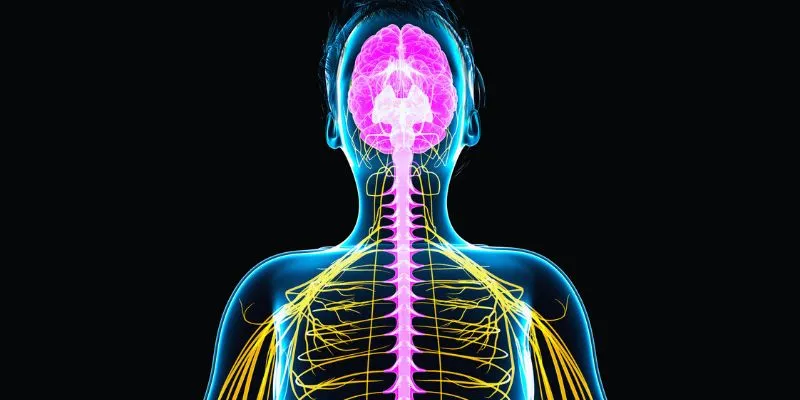Does Fat Turn into Muscle? What to Know
If you’ve ever wondered whether body fat can transform into muscle, you’re not alone. This question is common among those embarking on a fitness journey. Essentially, fat and muscle are distinct types of tissue, so one cannot be converted into the other.
However, with the right diet and exercise regimen, you can reduce body fat while increasing muscle mass. This article will explain the separate processes of burning fat and building muscle, the science behind them, and practical tips for achieving a balanced, toned body.

What Is Fat, and How Does It Work?
Fat, also known as adipose tissue, is essential for energy storage, organ protection, and regulating body temperature. When you consume more calories than your body needs, the excess energy is stored as fat. Fat cells don’t “disappear” but change in size depending on the amount of fat they hold.
While fat is necessary, excessive amounts can lead to health issues. Factors such as age, gender, and lifestyle significantly influence a person’s body fat percentage. Excess fat commonly accumulates in areas like the abdomen, hips, and thighs, but maintaining healthy fat levels is crucial for balanced energy.
What Is Muscle, and How Does It Function?
Muscle tissue is responsible for movement, strength, and stability. It contracts and relaxes to generate force, enabling activities like lifting, pushing, and pulling. After exercise, muscle tissue repairs and grows using calories and protein as fuel. Unlike fat cells, muscle cells develop under the stimulation of resistance or strength training.
There are three types of muscles: smooth, cardiac, and skeletal. Strength and tone exercises primarily target skeletal muscles. Muscle building, known as hypertrophy, involves protein, hydration, and rest to repair slightly damaged muscle fibers post-exercise.
Can Fat Actually Turn into Muscle?
Fat and muscle are structurally and functionally different, so fat cannot turn into muscle. However, you can simultaneously lose fat and gain muscle. This process, known as body recomposition, involves reducing body fat while increasing lean muscle mass. It requires a strategic approach combining strength training, cardio, and a protein-rich diet.
The structural and functional differences between fat and muscle mean that fat cannot convert into muscle. Muscle is an active tissue requiring energy, while fat is stored energy. To achieve a lean, toned appearance, focus on burning fat through calorie restriction and cardio, while strength training will help build muscle.
How to Lose Fat While Building Muscle
You can lose fat while building muscle with the right strategies. Here are the primary steps:
- Calorie Deficit: To lose fat, consume fewer calories than your body needs. This deficit forces your body to use fat reserves for energy.
- Strength Training: Engage in resistance activities like weightlifting or bodyweight training to build muscle. Focus on compound movements like deadlifts, bench presses, and squats that target multiple muscle groups.
- High-Protein Diet: Protein is essential for muscle development and repair. Incorporate lean proteins at every meal, such as chicken, fish, tofu, or lentils.
- Adequate Rest and Recovery: Muscles grow during rest, so ensure quality sleep and rest days between intense workouts.
Combining these elements will help you achieve body recomposition, losing fat while gaining lean muscle for a more toned appearance.

Understanding the Science of Body Recomposition
Body recomposition involves losing fat while simultaneously building muscle. It requires balancing calorie intake, exercise type, and intensity levels. Combined with strength training, calorie control aids in fat loss while supporting muscle growth.
A small calorie deficit is optimal to reduce body fat without compromising muscle mass. Although the body typically focuses on either gaining muscle or losing fat, proper execution can achieve body recomposition, especially for beginners or those resuming training after a break.
The Role of Protein and Nutrients in Muscle Building
Protein plays a vital role in muscle building and repair. Exercise breaks down muscle fibers, and protein aids in recovery and strengthening. Opt for high- quality proteins like eggs, lean meats, fish, or plant-based options like beans and nuts.
Other nutrients are equally important. Healthy fats, such as those in avocados, olive oil, and nuts, enhance energy levels and hormone production, supporting muscle development. Carbohydrates are also crucial for fueling workouts and providing the energy to perform demanding activities.
Common Myths About Fat and Muscle Transformation
Numerous misconceptions exist about fat and muscle changes. One myth suggests that weightlifting causes “bulkiness.” In reality, lifting weights helps develop lean muscle, toning and strengthening your appearance. Bulking requires a high-calorie diet and intense lifting.
Another misconception is that cardio alone leads to fat loss. While it burns calories, cardio doesn’t significantly increase muscle mass. Combining strength training with cardio is more effective for body recomposition.
Tips for Successful Fat Loss and Muscle Gain
Here are some tips for successful fat loss and muscle gain:
- Stay Consistent: Both fat loss and muscle building require time. Set realistic goals and remain committed to your program.
- Monitor Your Progress: Track your body composition using a reliable scale, photos, or measurements. Avoid relying solely on weight, as muscle is denser than fat.
- Get Enough Sleep: Sleep is crucial for muscle growth and recovery. Aim for seven to nine hours of quality sleep each night.
- Focus on Compound Exercises: Compound exercises work multiple muscle groups and increase calorie burn. Examples include squats, deadlifts, and bench presses.
- Hydrate: Water supports overall energy, muscle recovery, and metabolism. Keep a water bottle handy throughout the day.
With consistency, patience, and the right habits, you can gradually achieve a leaner, stronger body over time.
Conclusion
While fat cannot truly transform into muscle, reducing fat and increasing muscle simultaneously can help you achieve a toned, slim appearance. By combining strength training, a balanced diet, and a calorie deficit, you can alter your body composition. Remember, building muscle and losing fat requires time and dedication.









